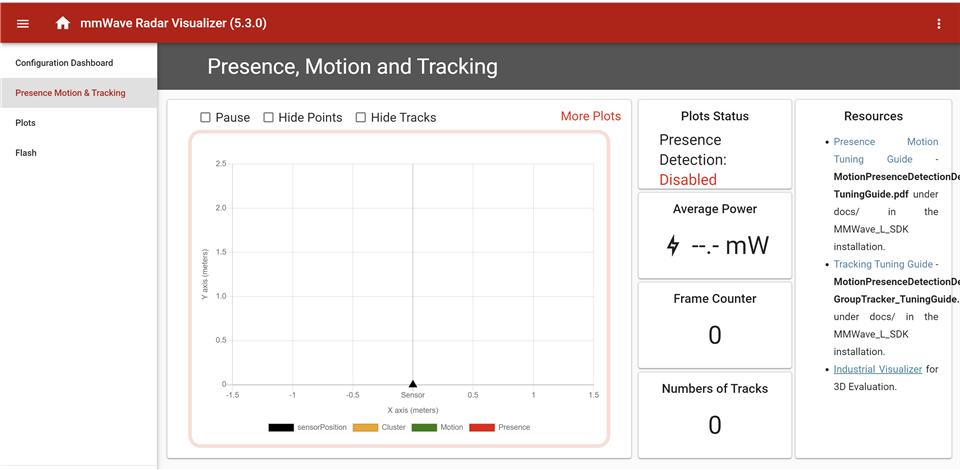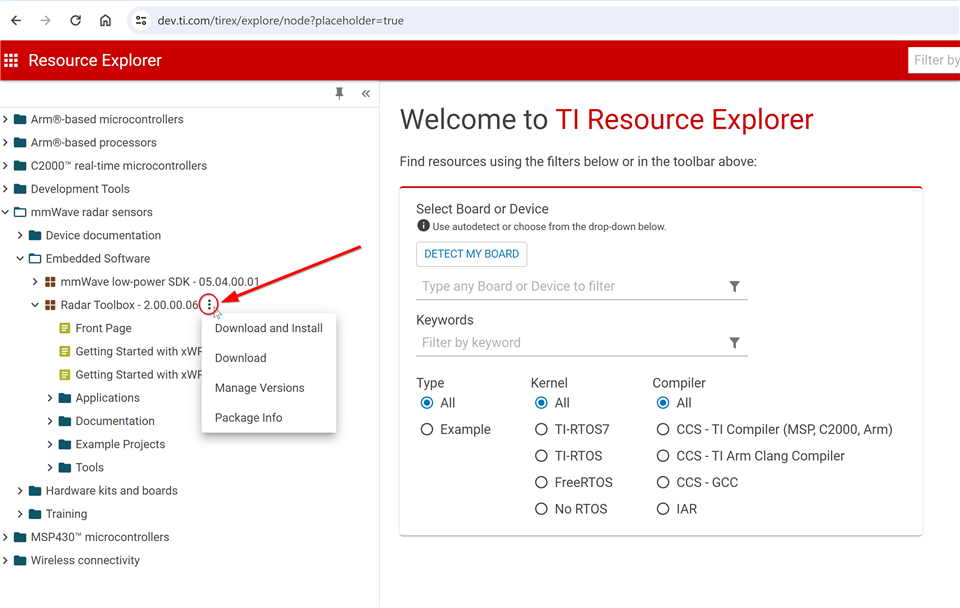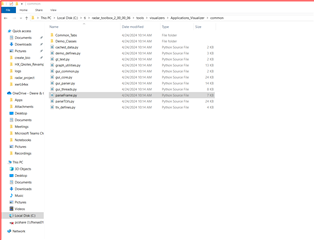Other Parts Discussed in Thread: AWRL6432, DCA1000EVM, MMWAVE-L-SDK, CCSTUDIO
I downloaded MMWAVE_L_SDK_05_03_00_02-Windows and ti_xds110_setup_7.0.100.1_windows . But I am still unable to run low power visulaizer in the following file location: "C:\ti\MMWAVE_L_SDK_05_03_00_02\tools\visualizer\Low_power_visualizer_5.3.0.0". I can't even troubleshoot or diagnose this issue because every time I double click visualizer.exe, a terminal opens up and immediately crashes, so I am unable to catch the error.






